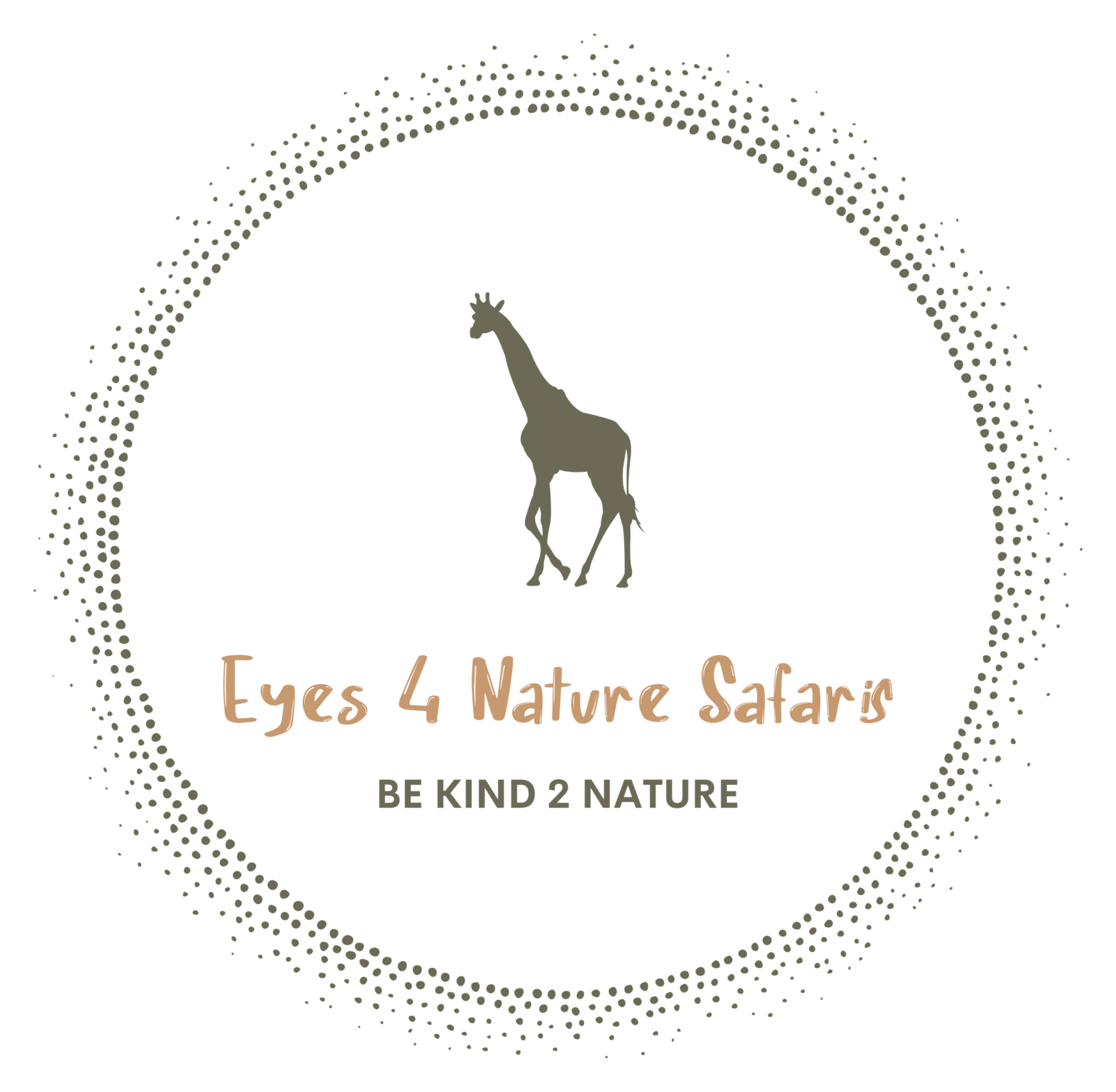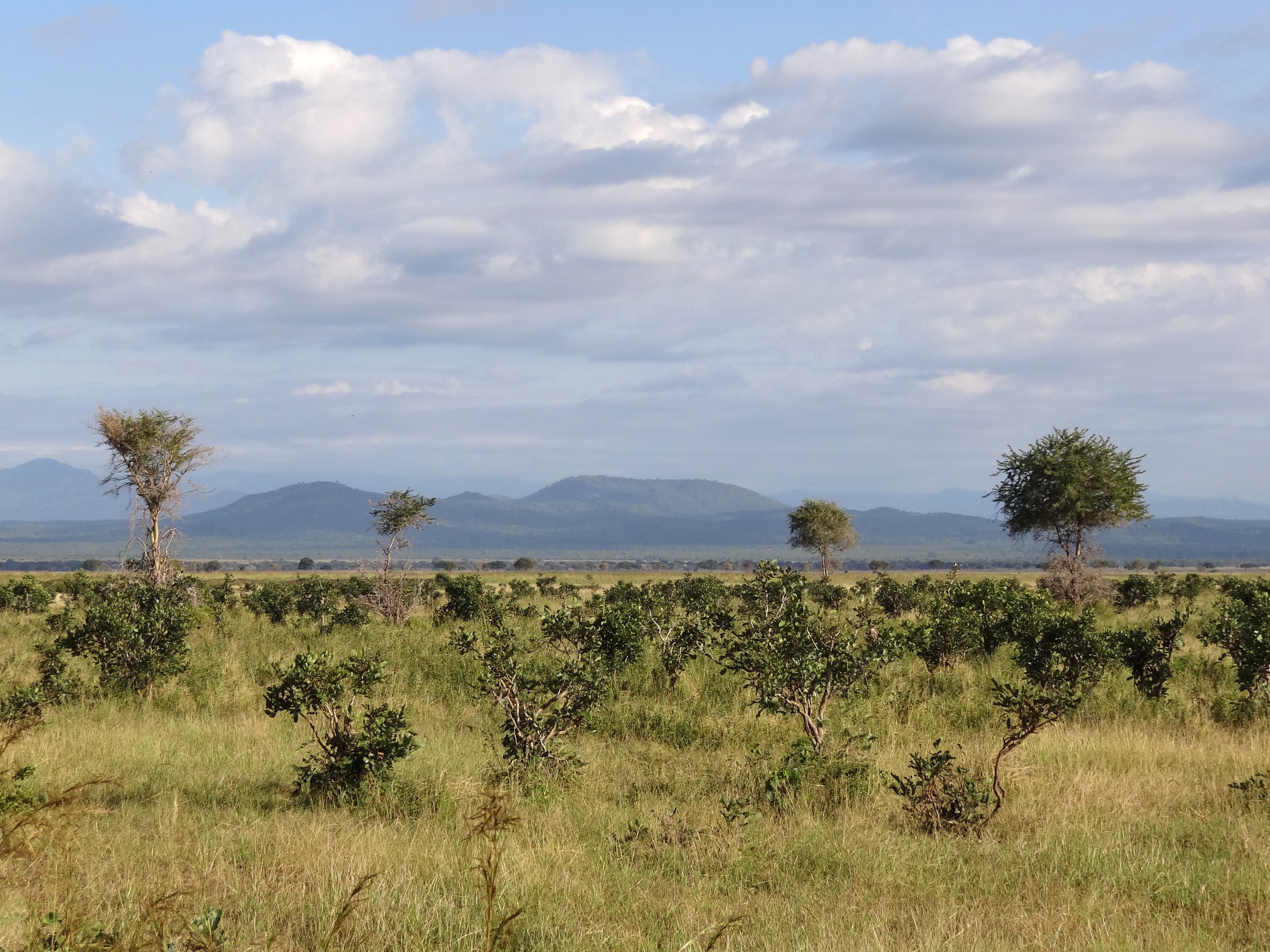
Mikumi National Park: A Guide to Southern Tanzania's Accessible Wilderness
Mikumi National Park, easily accessible from Dar es Salaam, offers a classic safari experience centered around the Mkata Floodplain, often compared to the Serengeti. It's known for reliable sightings of big game and rich birdlife.
Mikumi National Park often flies under the radar, but it's a gem for those looking for a fantastic safari experience without venturing into the more remote corners of Tanzania. Its heart is the Mkata Floodplain, an expansive sweep of open grassland that genuinely reminds you of a miniature Serengeti. What I've always appreciated about Mikumi is its accessibility, particularly from Dar es Salaam, making it a viable option for shorter trips or for those wanting to combine a bush experience with a coastal visit. The main Tanzania-Zambia highway (A-7) actually bisects the park, which sounds disruptive, but the wildlife seems largely unfazed, and it makes getting there straightforward. It’s a park that delivers reliable game viewing in a beautiful setting.
Apollo's Recommendation
For Mikumi, focus your game drives on the Mkata Floodplain, especially during the early mornings and late afternoons. This is where the action usually unfolds. Two days are generally sufficient to get a good taste of what Mikumi offers. Keep an eye out for the impressive herds of buffalo and the resident lion prides. The hippo pools are also a great spot to spend some time. My tip: If you have an extra day, consider a trip to the nearby Udzungwa Mountains National Park for a completely different experience – think lush forests and primate trekking. Mikumi provides that classic savanna safari feel, and it rarely disappoints.
The Mkata Floodplain – Mikumi's Serengeti
This vast, open alluvial plain is the centerpiece of Mikumi National Park and the primary area for game viewing. Its wide vistas, dotted with acacia trees, baobabs, and tamarinds, are incredibly scenic and support a high density of wildlife, especially during the dry season.
- Open Grasslands: Ideal for spotting large herds of grazers like buffalo, zebra, wildebeest, and impala. The openness also makes it easier to spot predators like lions and occasionally hyenas.
- Hippo Pools (North-west of the main gate): Two pools that are a magnet for hippos and a fantastic spot for birdwatching. You’ll often see crocodiles basking nearby as well. I've spent many hours here just observing the hippo antics and the incredible variety of waterbirds.
- Observation Towers: Some strategically placed viewpoints or small towers can offer a slightly elevated perspective over the plains.
Key Areas and Unique Features of Mikumi:
- Accessibility: Being transected by the A-7 highway makes Mikumi one of the most accessible southern parks from Dar es Salaam (approx. 4-5 hour drive), which is a big plus for shorter itineraries.
- Part of the Greater Selous Ecosystem: Mikumi is geographically linked to the Nyerere National Park (Selous) ecosystem, allowing for animal movement between these vast areas, contributing to its biodiversity.
- Miombo Woodlands: While the Mkata Floodplain is dominant, the park also features miombo woodlands in the foothills of the mountains that border it to the south and east. These areas offer different scenery and can harbor species like sable antelope (though they are very shy and rarely seen here compared to Ruaha or Nyerere).
- Mountains as a Backdrop: The Uluguru Mountains to the east and the Rubeho Mountains to the west provide a stunning scenic backdrop to the park's landscapes, especially beautiful at sunrise and sunset.
Wildlife Highlights of Mikumi: Mikumi offers reliable sightings of a good range of classic African wildlife:
- Lions: The Mkata Floodplain is known for its healthy lion population. Prides can often be seen lounging in the shade or surveying the plains for their next meal.
- Elephants: While perhaps not in the sheer numbers of Tarangire or Ruaha, elephants are regularly seen, often moving between the woodlands and the floodplain.
- Buffalo: Large herds of buffalo, sometimes numbering in the hundreds, are a common and impressive sight on the Mkata plains.
- Giraffes: The Maasai giraffe, with its distinctive jagged patches, is plentiful.
- Zebras and Wildebeest: Abundant across the plains, often forming mixed herds.
- Antelopes: Impala are ubiquitous. You can also find eland (the world's largest antelope), Lichtenstein's hartebeest, waterbuck, and reedbuck. Greater kudu can sometimes be spotted in the more wooded areas.
- Hippos & Crocodiles: Concentrated in the hippo pools and along the Mkata River.
- Birdlife: With over 400 recorded species, Mikumi is rewarding for birders. Look for bateleur eagles, lilac-breasted rollers, yellow-throated longclaws on the plains, and various waterbirds at the hippo pools. The park is also home to the southern ground hornbill.
Best Time to Visit:
- Dry Season (June - October): This is the prime time for wildlife viewing. Animals congregate around the Mkata River and other water sources on the floodplain, and the vegetation is thinner, making them easier to spot. Skies are generally clear and sunny.
- Late Dry Season (September - October): Can be particularly good as water sources become even more scarce, leading to higher concentrations of animals.
- Green Season (November - May): The landscape becomes lush and green after the rains. Birdwatching is at its peak with the arrival of migratory birds. Wildlife is more dispersed, but the scenery is beautiful, and there are fewer visitors. The "long rains" (March to May) can make some tracks muddy, but the main areas usually remain accessible.
Accommodation Options: Mikumi has a decent range of accommodation, mostly concentrated near the main park gate and along the highway, catering to different budgets:
- Park-Operated Bandas & Guesthouses: Simple, affordable options often located in prime areas within the park (e.g., Mikumi Wildlife Camp). Booking in advance is usually necessary.
- Mid-range Lodges & Tented Camps: Comfortable lodges and tented camps offering good amenities, often with swimming pools and guided game drives. Examples include Vuma Hills Tented Camp (often considered more upmarket), Tan-Swiss Lodge (just outside the park), or Mikumi Safari Lodge. Price range: $150-400 per person per night.
- Budget Guesthouses (in Mikumi town): Just outside the park gates in Mikumi town, there are more basic and very affordable guesthouses.
Activities:
- Game Drives: The primary activity, focusing on the Mkata Floodplain.
- Walking Safaris: Some lodges or the park headquarters may offer short guided walks, but these are less of a focus here compared to parks like Nyerere or Ruaha. It's always best to inquire in advance.
- Visits to Hippo Pools: A must-do within the park.
Practical Information:
- Park Fees: Generally more affordable than some of the larger, more famous parks. Expect around $30-$40 per adult per 24 hours, plus vehicle fees. Always verify current fees with official TANAPA sources.
- Access: Easily reached by road from Dar es Salaam (approx. 280-300 km). The journey takes about 4-5 hours. Public buses also travel this route. There is an airstrip for charter flights (Kikoboga Airstrip).
- Internal Travel: The road network on the Mkata Floodplain is generally good, especially in the dry season.
- Combine With: Mikumi is perfectly combined with a visit to the nearby Udzungwa Mountains National Park (for hiking and primate viewing – a great contrast to Mikumi's savanna). It can also be a stop on a longer southern circuit itinerary that includes Nyerere National Park or Ruaha National Park, though these are much further afield.
Mikumi is a solid, dependable safari destination. It might not have the vastness of the Serengeti or the unique riverine focus of Nyerere, but it offers a very rewarding slice of African wilderness that's easily accessible. For many years, it was the first park I'd take new rangers to for their initial field training because it offers such clear views and reliable sightings – a great confidence builder!
Gallery
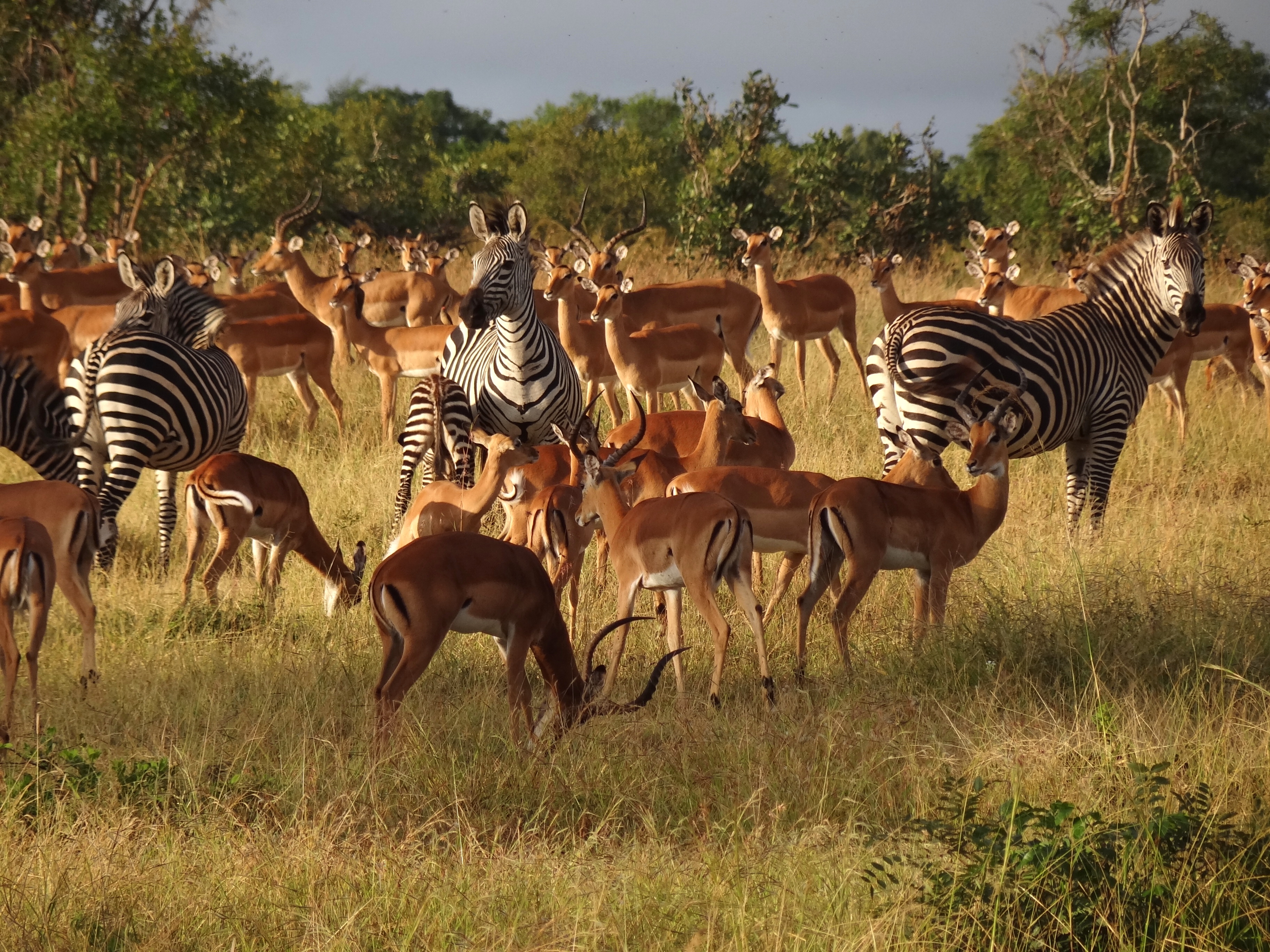
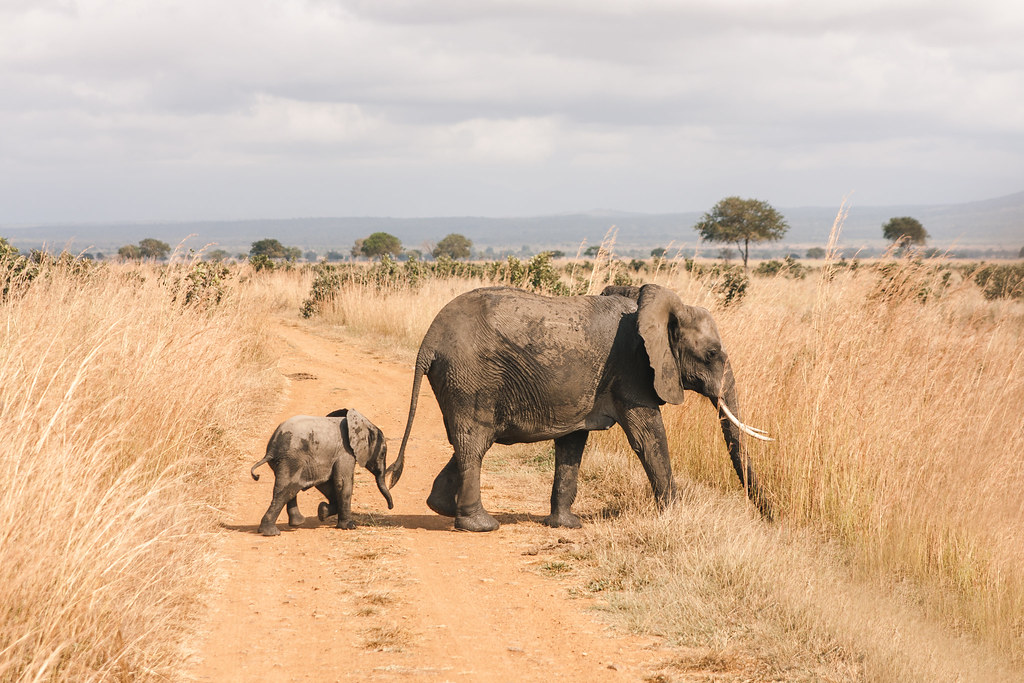
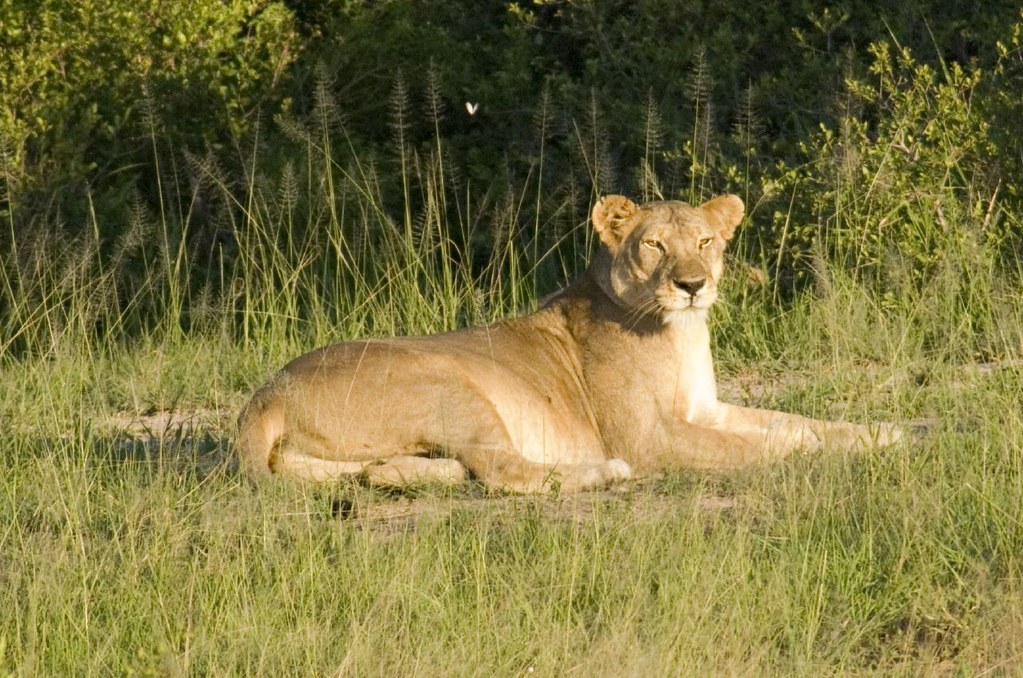
Ready to Book Your Safari Experience?
Contact us today to start planning your perfect Tanzanian safari.
Contact Us